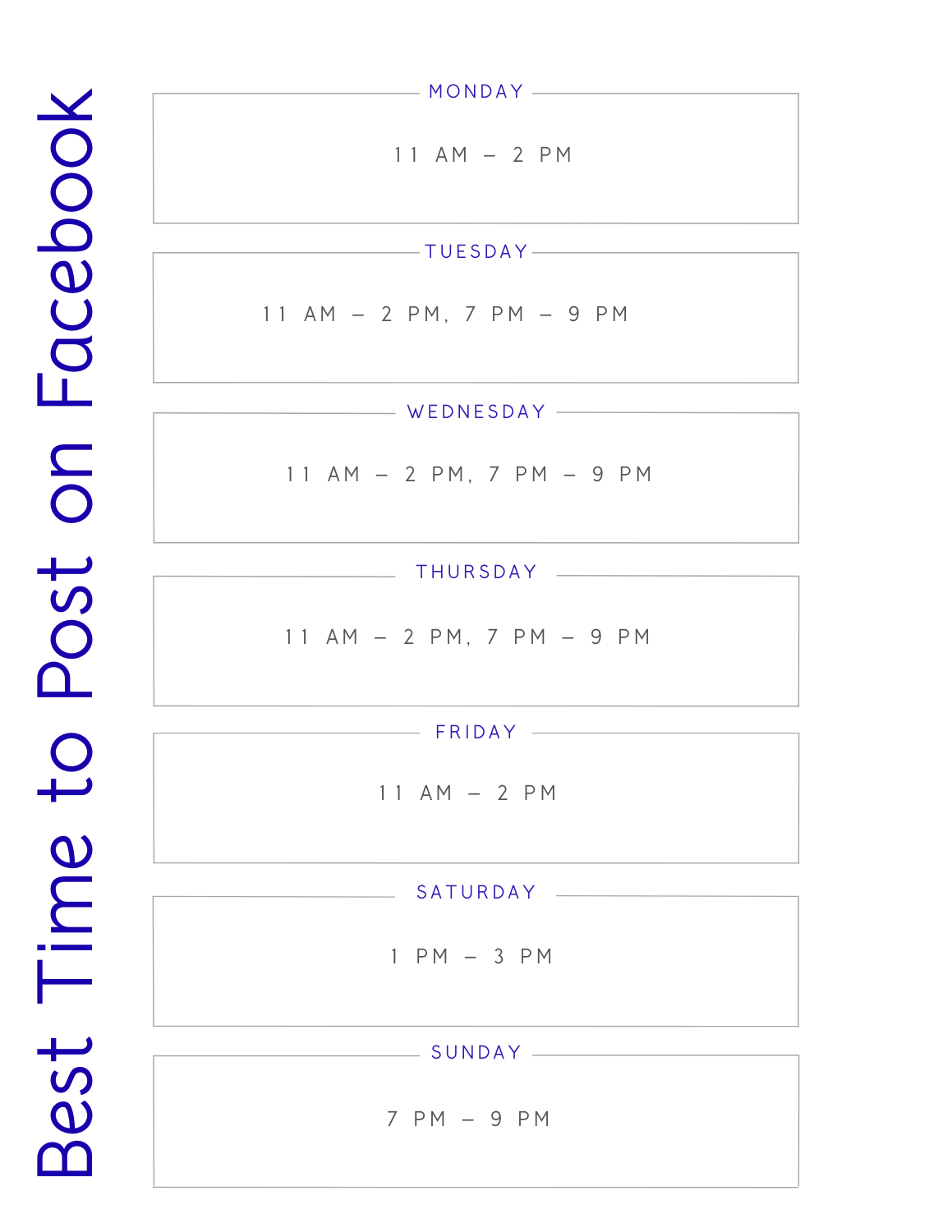The best time to post on Facebook is one of the most common questions among brands, creators, and businesses.You might have wondered why some of your posts gain traction quickly while others barely get noticed. Timing plays a bigger role than many expect. Posting at the right moment ensures your content meets your audience when they are most active and ready to interact. In this guide, we’ll break down how to find that perfect timing, what general trends suggest, and how you can tailor it to your unique audience.
Posting at the wrong hour can bury your content before people even see it. With millions of posts shared daily, timing helps your content cut through the noise. Facebook’s algorithm favors engagement within the first minutes and hours. The more interaction your post receives early, the more reach it will gain later. In short, posting when your followers are online gives you a head start.

While no two audiences are identical, studies and social media reports show consistent patterns. Weekdays, especially Tuesday through Thursday, often bring higher engagement. Midday slots between 11 AM and 2 PM usually see strong interaction because people take breaks from work or school. Evenings around 7 PM to 9 PM can also perform well as users relax and scroll before bed.
Research suggests weekends can be hit or miss. Some pages see spikes on Saturday afternoons, while others notice declines. That’s why weekday posting often delivers steadier results. If your audience includes professionals, avoid late nights and early mornings. Instead, focus on standard business hours, which align with their scrolling habits.
If your audience spans multiple time zones, timing becomes trickier. A post on Facebook that performs well at 1 PM in New York might miss your London followers. The best solution is scheduling posts at different times for different regions. Facebook’s scheduling tool makes this easy. For local businesses, however, tailoring your posts to your local audience’s habits usually works best.
General trends provide a starting point, but the true key lies in your data. Facebook Insights, available on every business page, reveals when your followers are most active.
Check the “When Your Fans Are Online” section to see daily and hourly activity. If you notice spikes at lunchtime or late evening, test those windows. Insights also show post performance, helping you match timing with content type. For example, video posts may do better at night when people have more time, while quick updates may shine in the morning.
Don’t rely on one set of data. Test different times over weeks and compare results. Track metrics like reach, clicks, and shares. Over time, you’ll see clear patterns unique to your audience. Social media management tools can also help you run these tests and compare results in detail.
Several elements affect the best time for your page.
A student-heavy audience may engage late at night, while a professional group may prefer mid-morning. Parents often check Facebook in the evening after family duties. Knowing your audience’s lifestyle is just as important as knowing their location.
Not all content works the same way at the same hour. For example, photo posts may perform better midday, while live streams thrive in the evening. If you share promotions, try posting right before weekends when people have time to shop.
Facebook’s algorithm evolves constantly. While timing will always matter, the platform may prioritize different signals at different times. Staying updated and adjusting your strategy keeps your posts visible. Exploring how users move between platforms can also help, especially when a social media app gains traction and shifts audience habits.
Once you’ve gathered insights and tested your times, build a schedule. Consistency matters as much as timing. A predictable pattern trains your audience to expect and engage with your content. Whether you post daily or a few times a week, stick to rhythm. Use scheduling tools to maintain consistency without the stress of manual posting.
Studies suggest weekdays between 11 AM and 2 PM perform best, but your audience data should guide you.
It can be if your audience is active during late hours, but engagement often dips compared to daytime.
Weekends may work well for lifestyle or entertainment content, but business-focused pages usually see lower reach.
Yes, it shows when your followers are online and helps identify high-engagement hours.
One to two times daily is often enough. Focus on quality and timing rather than quantity.
Yes, as audience behavior shifts with seasons, events, or lifestyle changes, you should revisit your data regularly.